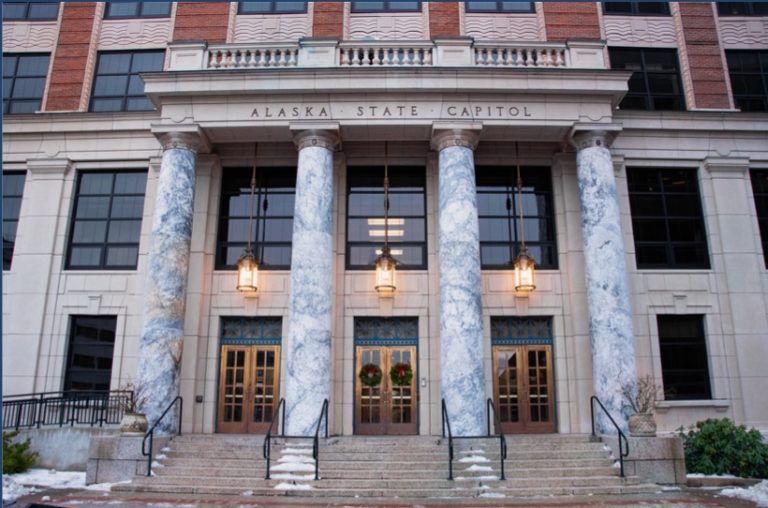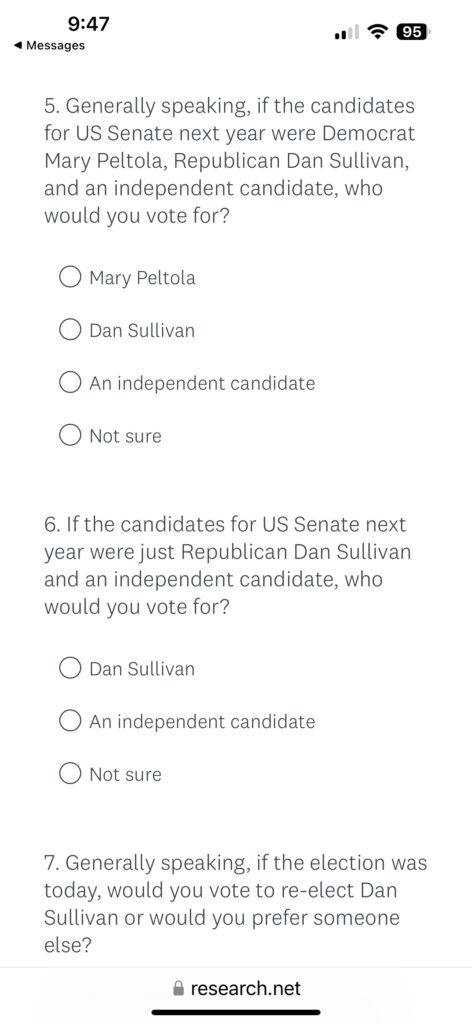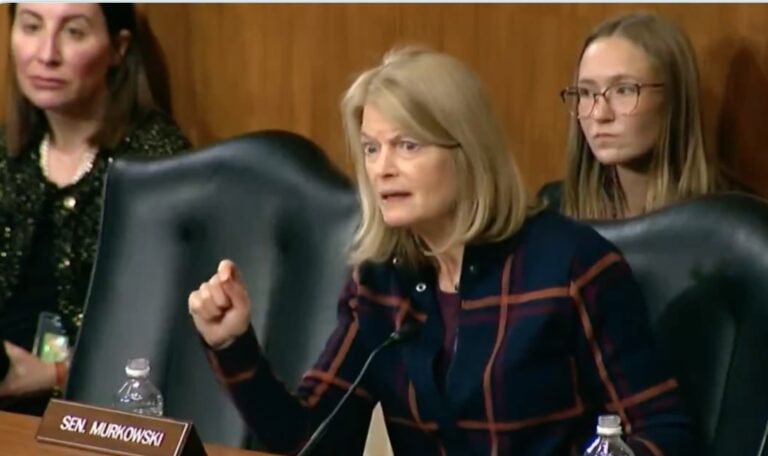By WIN GRUENING
A recent news story warned residents that Juneau’s landfill will be at capacity in the next decade. Yet a solution could take much longer.
This comes at a critical juncture in Juneau’s budget discussions as the city assembly wrestles with significant unknown flood remediation costs, reduced school funding, and a stagnant population.
Solid waste and landfill issues shouldn’t be a surprise to anyone. The city has funded numerous studies over the years, but little action has taken place. Assembly goals and legislative priorities rarely mention these problems but do include millions of dollars for projects rejected by voters like new city offices and a cultural arts facility.
Unfortunately, while Juneau doesn’t own its landfill, it does own the problem.
In April 2024, the Juneau Assembly approved a high-level feasibility study to examine the community’s solid waste scenarios that might be adopted after the current privately-owned Capitol Disposal Landfill closes. The Anchorage office of Jacobs Engineering Group published their 29-page report March 20th and its recommendations and conclusions are eye-opening.
The report examined three options:
- Construct a transfer processing facility (TPF) and a new landfill for solid waste with recyclables shipped south by barge;
- Construct a transfer processing facility with all solid waste and recyclables shipped south by barge;
- Construct a transfer processing facility with an incineration facility for solid waste with noncombustibles, recyclables, and ash shipped south for disposal.
Incineration wasn’t recommended due to its high capital and operating costs. Even with waste-to-energy (WTE) conversion, Juneau’s 100 ton/day solid waste volume is too low to make this option economically feasible. WTE facilities are rarely developed nationwide, and none have been developed in Alaska.
The other two options remain viable, but each has huge capital costs.
- Option #1, building a TPF and a landfill has a price range of $68 million – $202 million, with the cost likely to be on the higher end.
- Option #2, only building the TPF has a price range of $14 million – $40 million.
Not included above are preconstruction costs (studies, engineering, permits), facility operating costs, and the cost of shipping waste, recyclables, or ash. Nor does it include associated revenues.
Preconstruction activities could add an additional 25% to capital costs. Shipping costs have been reported as high as $250/ton.
While Option #2 seems attractive for its lower capital cost, shipping fees and lower revenues could overcome that cost advantage over time.
Another recent study shows that diversion through recycling, composting, and re-use could theoretically remove up to 59% of trash from Juneau’s waste stream. Currently, however, under Juneau’s Zero Waste initiative, less than 10% of the city’s waste stream is being diverted from the landfill. Increasing that to 59% would be difficult and would require a significant expansion of current programs, community education efforts, and associated expenses.
The regulatory and permitting requirements of any of the options are formidable. Developing a new transfer station typically takes at least five years while a new landfill development usually takes 7 to 10 years, longer if the site hasn’t been selected. Some projects have taken more than 30 years because of delays in siting and permitting.
There’s no clear-cut answer. The report recommends the city commit to building the transfer processing facility while it researches operating and shipping costs of the alternatives.
While necessary, it means more delays, higher costs, and more uncertainty in the short term.
Juneau’s Assembly is already considering issuing debt and increasing the property tax millage rate from 10.04 to 10.19 due to current budget challenges. Utility rates and other fees are also increasing. How much more will taxes go up to pay for a solid waste solution?
If hiking taxes, piling on more debt, and increasing rates for city services are the only strategies the CBJ Assembly is willing to consider, community affordability will continue to suffer.
When will Juneau city leaders get serious about decreasing the burden on taxpayers?
Are the new municipal offices and a cultural arts facility a higher priority than the landfill or community affordability?
If Juneau Assembly members are unwilling to change their status quo priority-setting process, taxpayers won’t be asked, but they will be taxed.
After retiring as the senior vice president in charge of business banking for Key Bank in Alaska, Win Gruening became a regular opinion page columnist for the Juneau Empire. He was born and raised in Juneau and graduated from the U.S. Air Force Academy in 1970. He is involved in various local and statewide organizations.











